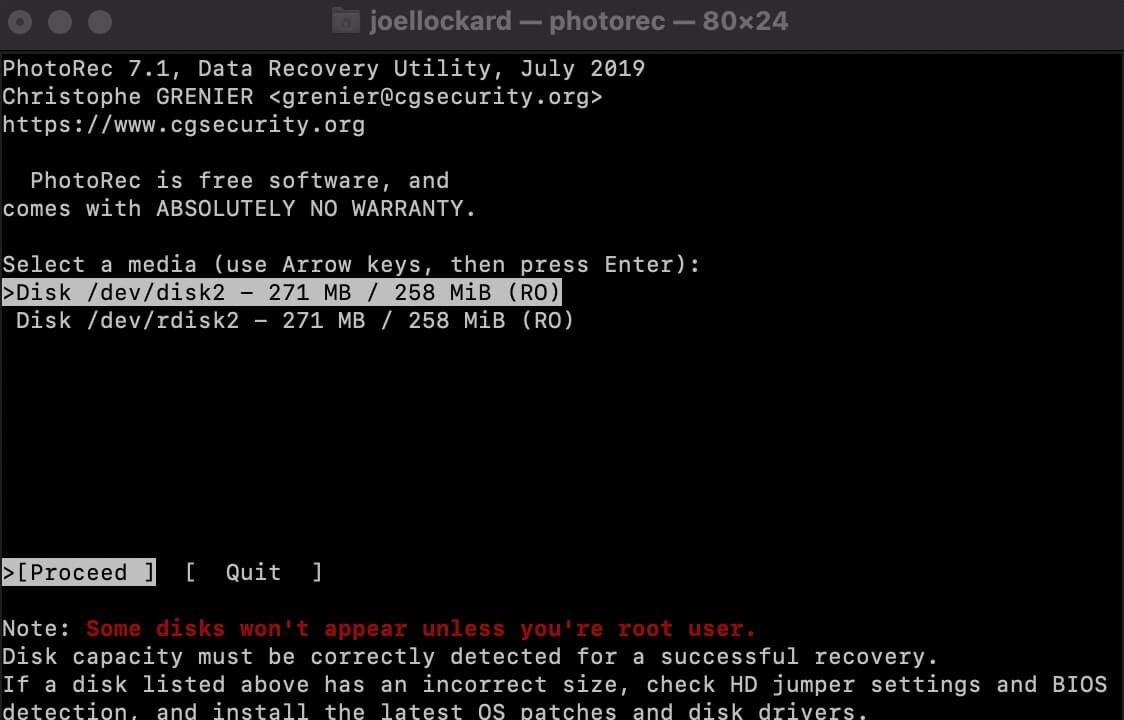

Or as the picture shows below, select the /DEV/MD0 drive which would usually be your entire RAID volume if it’s still in tact. NOTE: You will see your individual drives – select accordingly if you’re recovering from a single drive. Login Qnap enter Public folder (Or just copy & blue command down below)ĥ – Raise the permissions of the recovery tool (chmod), from 666 to 777 permissions type blue command down below Ħ – Execute PhotoRec Static package by using this command ħ – PhotoRec will ask you to create a log file, say yes (this will be stored in the same directory you’re in) – important that you’ve changed directory to the USB drive for this purposeĨ – Your hard drives will be shown as below. ”Linux, kernel 2.6.x i386/x86_64 ” from Ģ – Unzip Downloaded File Directly on Qnap Public Folder ģ – Plugin an External HDD Enough To Recover Your Deleted File and Be Sure That Qnap Recognize This HDD The scope of this HOWTO is to undelete files using PhotoRecĭisclaimer: Obviously this isn’t supported by QNAP – although if you ENSURE you recover your files to another partition or external drive, this process is also non-destructive to your existing partition as it only reads from your existing partition/hard drive.ġ – Download Photorec and decompress on your PC/Mac etc. Much of these instructions would also apply to Testdisk, although the specifics would change. If you are recovering from a deleted or corrupt partition – use Testdisk. Ignore the filename, as PhotoRec recovers MUCH MORE than just photos. In this case I’d strongly recommend using PhotoRec vs.

Photorec : My partition was in tact and my goal was to recover deleted files only. This program does not “undelete” like Microsoft where it restores the file where it sits, it literally re-writes the new “recovered” file – and thereby will overwrite the files you are trying to undelete.ģ) Testdisk vs. I’d recommend turning off all services, applications and protocols except for the basic minimum (SMB, AFP etc.)Ģ) You MUST copy your undeleted files to the external USB/eSata drive. This includes even the log files that the NAS generates. “Linux, kernel 2.6.x i386/x86_64 “ from ġ) Stop using your NAS NOW! The more files that get written to your NAS, the more files you will NOT be able to undelete. I re-edit document and hope this would help you to save your datas.ġ – An external USB or eSata drive large enough to hold your deleted data (more on this later) – Or if you have another partition that you can safety write to, this might suffice 2)Ģ – Download and decompress on your PC/Mac etc. You probably saw this document before, and may fail to proceed because of “you dont have an access to do this” error. IV – How To Solve “photorec_static ermission denied” Error III – Recover Deleted Files From A QNAP NAS () I – How To Recover Accidently Deleted Data On Qnap NAS: Before Start


 0 kommentar(er)
0 kommentar(er)
